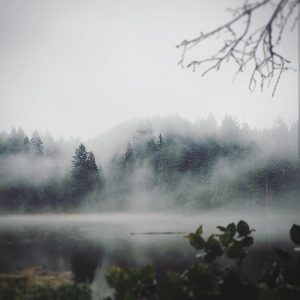During the winter months, animals have developed many adaptations to help them survive the cold winter months. One of the most known adaptations is an animals’ ability to hibernate. However, there are not that many animals that truly hibernate. Instead, many animals once thought to hibernate enter a lighter state of sleep called torpor. So, what is the difference between hibernation and torpor, and what kind of animals do which?
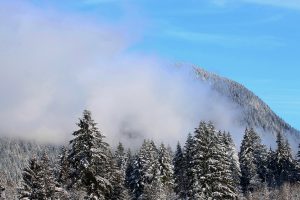
Hibernation (Brumation):
Hibernation is a voluntary state that an animal enters to conserve energy to survive when conditions are unfavorable, and food is scarce. Hibernation can last from several days to several months. During this time, the metabolic rate of an animal is about 2-6% of its active rate. For example, Chipmunks can reduce their heart rate from the usual 350 beats per minute to only 4 beats per minute. This state is triggered by the length of the day and changes in the animals’ hormones triggering the need to conserve energy. Before they enter hibernation, animals will generally store fat to help them survive the winter with minimal energy input. They may wake up a couple times throughout hibernation to drink or release waste, but for the most part, they stay asleep. Every time an animal awakens, it can take several hours and use a lot of its conserved energy. As a quick note, hibernation and brumation are very similar. The only difference is hibernation happens in warm-blooded animals while brumation happens to cold-blooded animals. There is only a short list of animals that truly hibernate or brumate. At Minnekhada, the list includes deer mice, ground squirrels, bats, turtles, and snakes.
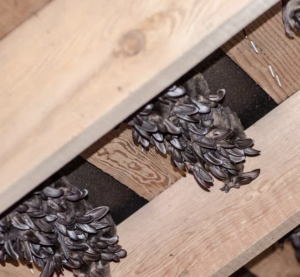
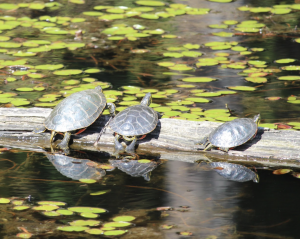
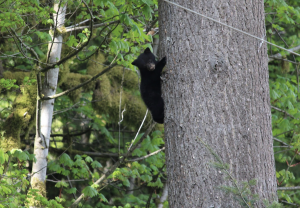
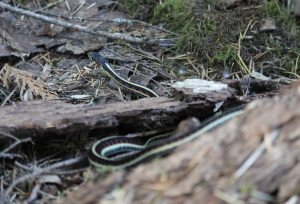
Torpor:
Like hibernation, torpor is a mechanism, used by animals to help them survive harsh winter conditions. Torpor also involves decreasing breath and heart rates and lowering the metabolic rate of an animal, but it is thought to be a lighter sleep state. In torpor, animals’ metabolic rate drops to about 30% of the active rate. Unlike hibernation, torpor, is not voluntary and is triggered by colder temperatures and decreased food availability and usually lasts for shorter periods. During their active period of the day, the animal maintains a normal body temperature and metabolic rate, but while it’s inactive, they enter a deeper sleep to conserve energy. Another difference between torpor and hibernation is that it is usually easier and expands less energy for an animal to wake up from torpor. Arousal from torpor can take up to an hour and involves a lot of violent muscle contractions and shaking. It is important to note that torpor can happen at any time of the year and occur in all climate zones. Animals that once were thought to hibernate are now known to enter this lighter sleep of torpor instead. At Minnekhada, the most notable animal that goes into torpor is the black bear. Other examples include skunks and racoons.
